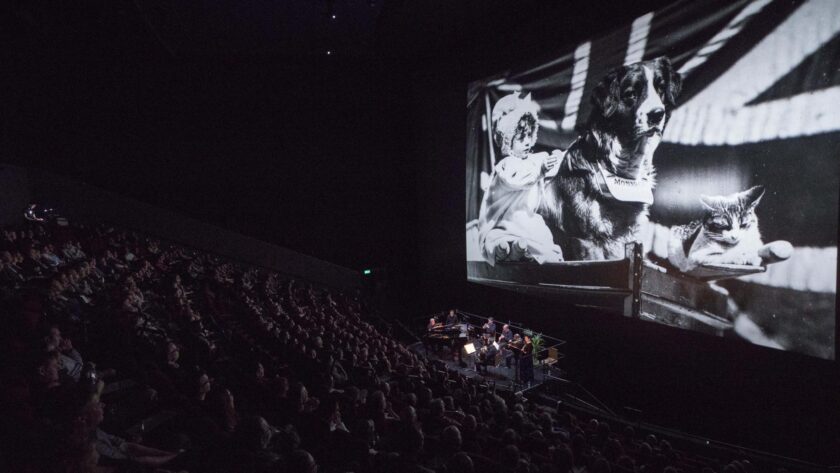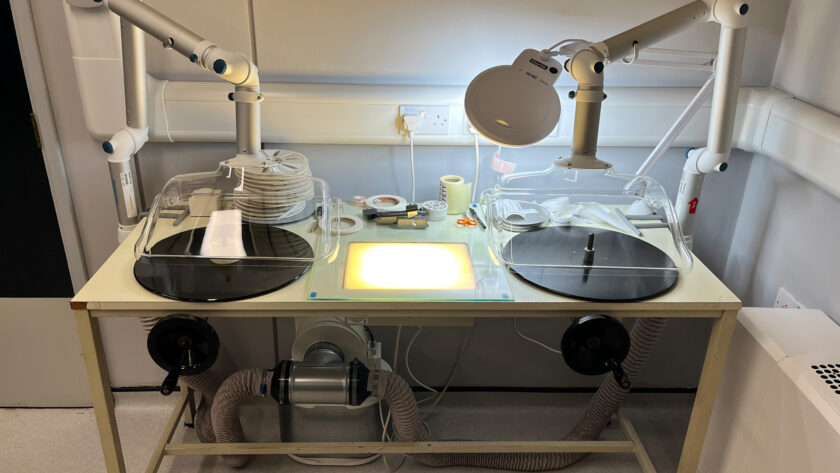BFI Film on Film Festival programme announced

We recently announced the programme for the second edition of the BFI Film on Film Festival, which runs from 12-15 June 2025 at BFI Southbank, London.
Drawn almost exclusively from films preserved in the BFI National Archive, with screenings introduced by members of the archival team, the festival will include 38 features, 36 shorts, and 1 television work.
Highlights include an original, unfaded dye transfer IB Technicolor British release print of Star Wars, five rare nitrate screenings (in the UK’s only cinema permitted to show them) and the premiere of new 35mm prints produced by the archive.
BFI National Archive conservation specialists will also be available for drop-in Handling Film sessions, where visitors will have the opportunity to handle, wind, measure, identify, and cut and join film.
Read more about the programme and find out when tickets go on-sale here.
– Alex Prideaux, Marketing & Events Manager (Our Screen Heritage)
UNESCO Memory of the World register

Eye Filmmuseum and BFI National Archive are delighted to announce the inscription of the 68mm Biograph Films on the UNESCO Memory of the World register, an excellent example of inter-FIAF archival collaboration between Eye Filmmuseum, BFI National Archive, Museum of Modern Art (MoMA) and the Centre national du cinéma et de l’image animée (CNC), who all hold examples of the Biograph 68mm films made between 1897 and 1902.
The Biograph group of companies was a remarkable venture in the formative years of moving pictures. Its unique selling point was the quality of its images, sharp and steady, provided by its large 68mm format, its motorized camera and high frame rate. At nine times the size of 35mm, these rare films offer us a unique high-resolution view of people place and events nearly 130 years ago.
Read more about how these historic rarities have been afforded protected status here.
– Bryony Dixon, Curator of Silent Film
New portable extraction unit installed

The film scanning team has recently acquired a portable extraction unit to support our work.
Portable extraction units are designed to remove airborne contaminants, including acetic acid vapors, which are often emitted by degrading film materials. They help maintain air quality and create a safer and more comfortable environment for workers and equipment. These units draw air from the surrounding environment using a fan. The air passes through specialized filters, such as activated carbon filters, which adsorb acetic acid molecules and other volatile organic compounds.
The extraction unit is utilized when scanning acetic material to remove harmful vapors. If sections of film need to be redone or repaired during the scanning process, the unit helps ensure vapors are removed promptly, protecting the workspace and film material.
– Darren Randell, Senior Conservator (Film Scanning)
The Inside the Archive blog is supported by the BFI Screen Heritage Fund, awarding National Lottery funding.
